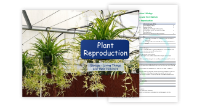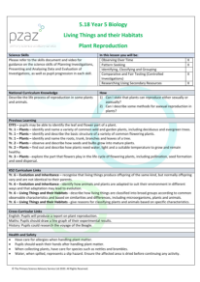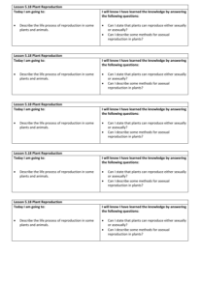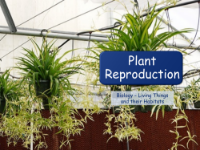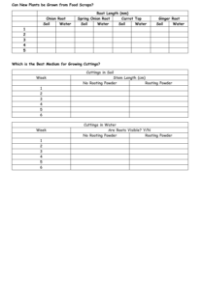Plant Reproduction - Teacher Explanation

Science Resource Description
Welcome to Lesson 5.18 on plant reproduction, a key part of the Year 5 unit 'Living Things and their Habitats'. In this lesson, we delve into the fascinating world of how plants reproduce, aligning with the national curriculum's requirement for pupils to understand the life processes of reproduction in plants and animals. A note on health and safety: be mindful of allergies when handling plants and ensure that pupils wash their hands after touching plant matter or soil. Outdoor activities are included, so watch out for nettles and brambles, and be vigilant about spillages during experiments as they can create slip hazards. This lesson offers a cross-curricular approach, with opportunities to create reports on plant reproduction in English, line graphs in Maths based on experimental results, and a historical exploration of Charles Darwin's journey on the Beagle.
Students will engage in hands-on activities to investigate asexual reproduction in plants, using everyday items like potatoes, carrots, and onions. They will learn about different asexual reproduction methods such as budding, spores, fragmentation, and regeneration, and are encouraged to document their findings with reports and diagrams. The practical tasks involve growing new plants from food scraps in both soil and water to observe the differences. Pupils will work in groups, using materials like cocktail sticks, plastic cups, and rooting powder to experiment with cuttings and understand this artificial form of asexual reproduction. By the end of the lesson, students will have a better grasp of how plants can reproduce from a single parent and the role humans can play in this process. Enjoy the discovery and I look forward to seeing you in the next lesson!

